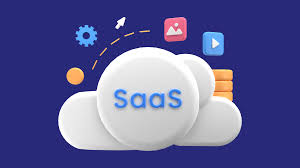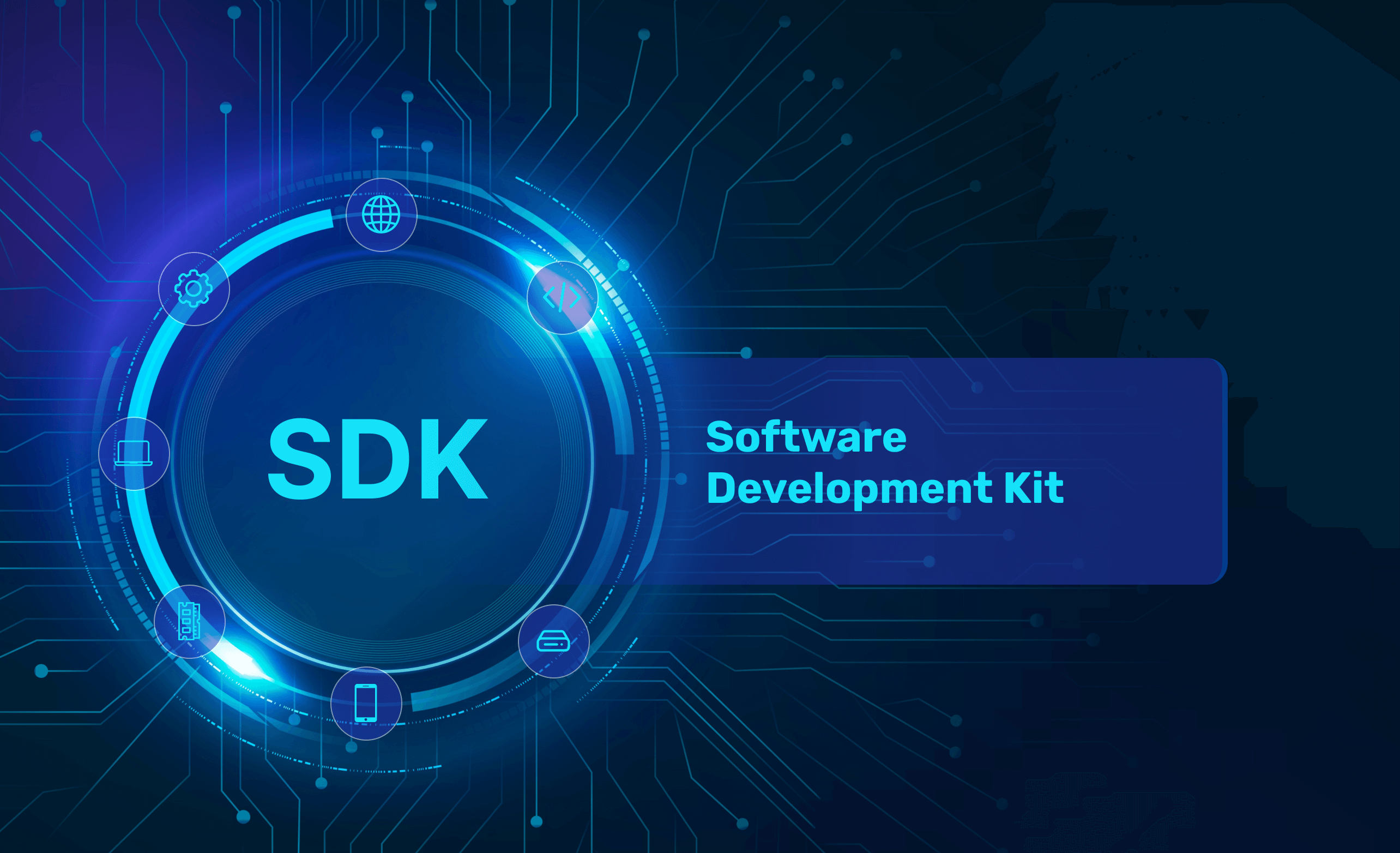What is SaaS?
What is SaaS?
Software as a service (or SaaS) is a way of delivering applications over the Internet—as a service. Instead of installing and maintaining software, you simply access it via the Internet, freeing yourself from complex software and hardware management.
Examples of popular SaaS products:
- Google Workspace
- Salesforce
- Trello
- Zoom
- DocuSign
- Slack
- Adobe Creative Cloud
- Mailchimp
- Netflix
- Spotify
A Brief History of SaaS
Software-as-a-service or SaaS is a relatively new concept in the world of software delivery, although its origins date back to the mainframe era of computing in the 1960s and 1970s when computer terminals were used to access a mainframe that hosted software applications.
However, the modern-day SaaS model as we know it today didn't emerge until the late 1990s and early 2000s when the internet became more widely accessible and reliable, this technology shift made it possible to deliver software applications over the web, which gave rise to the SaaS delivery model.
The first known SaaS applications were simple web-based tools such as email, customer relationship management (CRM), and project management software. These applications were designed to be accessed through a web browser, eliminating the need for users to install and maintain software on their own computers.
One of the very earliest examples of a SaaS application was Salesforce, launched in 1999, Salesforce offered a web-based CRM solution that allowed businesses to manage their customer relationships more efficiently and with greater scalability. Other early SaaS applications included NetSuite (launched in 1998), which provided accounting and ERP software, as well as WebEx (launched in 1995), which provided an early example of web conferencing software.
Early SaaS applications faced several challenges, including slow internet speeds and limited bandwidth. However, these challenges were gradually overcome as internet infrastructure improved and more businesses adopted the SaaS model.
The popularity of the SaaS operating model has continued to grow since the early 2000s, driven in part by the rise of cloud computing. Advances in cloud computing made it possible to deliver software applications over the internet using remote servers, which drastically reduced the cost and complexity of deploying and managing SaaS applications.
The continued rise of the SaaS operating model has been driven by several factors, below we highlight some of the key developments in the SaaS space over the last decade:
1. Increased Adoption: SaaS has become the dominant model for delivering software applications. Many organizations have shifted from traditional on-premises software to cloud-based SaaS solutions. This shift has been driven by the benefits of scalability, flexibility, and the cost-effectiveness of the SaaS operating model.
2. Cloud Infrastructure: Cloud infrastructure has become more robust, with the major cloud providers (AWS, Microsoft Azure, Google Cloud) investing heavily in expanding their cloud services.
3. Mobile-First Approach: With the increased importance of mobile devices, SaaS providers continue to adopt a mobile-first approach, with a focus on developing applications that are optimized for mobile devices and accessible anywhere.
4. Artificial Intelligence (AI): SaaS providers are leveraging AI to provide advanced functionality such as predictive analytics, natural language processing (NLP), and machine learning (ML) functionality.
5. Platformisation: SaaS providers have moved beyond providing standalone applications to creating platforms that enable third-party developers to build and deploy their applications on top of the SaaS infrastructure. This has opened up new opportunities for innovation, customization, and cross-platform integration.
6. Integration: SaaS providers are increasingly providing integrations with other applications and services, making it easier for users to connect and share data across different systems and platforms.
7. Data Security: Security has become a top priority for SaaS providers, with a focus on providing leading-edge security features such as encryption, authentication, and access controls.
SaaS has evolved significantly over the past 10 years, and it will continue to be a key driver of digital transformation and innovation in the years to come.
SaaS Characteristics and Features
An excellent way to understand the SaaS model is to think of it like a bank. A bank protects each customer's privacy while providing reliable, secure, and efficient service. SaaS does the same.
The Saas model helps your business use its resources more efficiently. By harnessing the power of SaaS features, your business will improve customization, lower costs, and become better connected to those who matter. The application achieves this through four customizable SaaS characteristics.
SaaS Characteristics
SaaS Multi-Tenant Architecture
Multi-tenancy is an architecture where all SaaS vendor clients and applications share a single, common infrastructure and code base that is centrally maintained. This architecture allows vendors to innovate more quickly, saving development time previously spent on maintaining outdated code.
Easy Customisation with SaaS
Users can easily customize applications to fit their business processes without affecting the shared infrastructure. A SaaS model supports each user and company's unique customization changes and preserves them through regular upgrades. This means SaaS providers can make upgrades more often, with less customer risk and lower adoption costs.
Better Access From Network Devices
A SaaS model allows your business to remotely access data from any networked device, making it easy to manage privileges, monitor data use, and ensure many users can see the same information simultaneously.
SaaS Harnesses the Consumer Web
Anyone familiar with Amazon.com or My Yahoo! will be familiar with the Web interface of typical SaaS applications. With the SaaS model, you can customize with point-and-click ease, making the weeks or months it takes to update traditional business software seem hopelessly old-fashioned.
SaaS Features
If reducing costs and growing your business is a priority, utilizing SaaS features will allow sales and business teams to engage more effectively with stakeholders as well as existing and prospective clients. Here are the top 5 ways SaaS features can improve your business.
1. Boost lead management through better identification and monitoring during the sales cycle.
2. Improve sales and marketing collaboration by capturing and sharing prospect and customer insights better.
3. Improves marketing automation by streamlining your digital marketing campaigns.
4. Improves data management.
5. Improves contact management through better storing, organizing, and tracking of information about your customers, prospects, and sales leads.
SaaS v On-Premises Software
In the past, businesses bought and relied on packaged software; however, this “on-premises” software had several drawbacks.
The Drawbacks of On-Premises Packaged Software:
- Requires in-house systems that need to be regularly upgraded by an internal IT department.
- Requires frequent maintenance that can lead to IT word pressure and bottlenecks for projects.
- Architecture and coding differences can make it difficult when integrate multiple systems.
- Increased upfront software, licensing, and server costs.
- The CRM software and hardware costs could make it unaffordable for small businesses or challenging to scale up quickly in response to growth or change.





